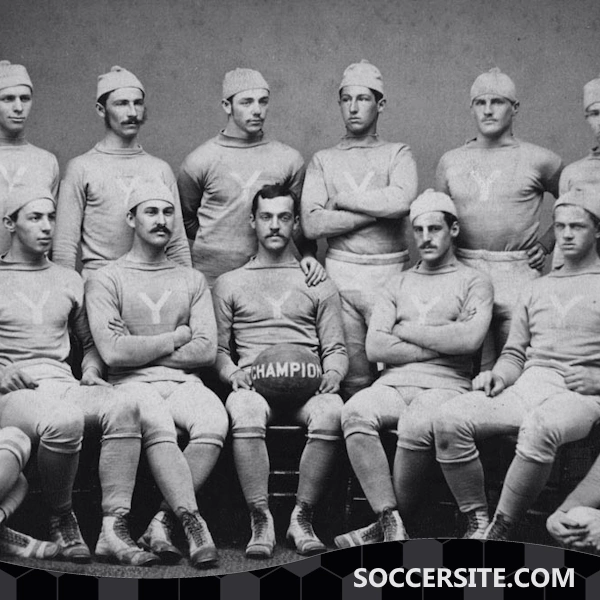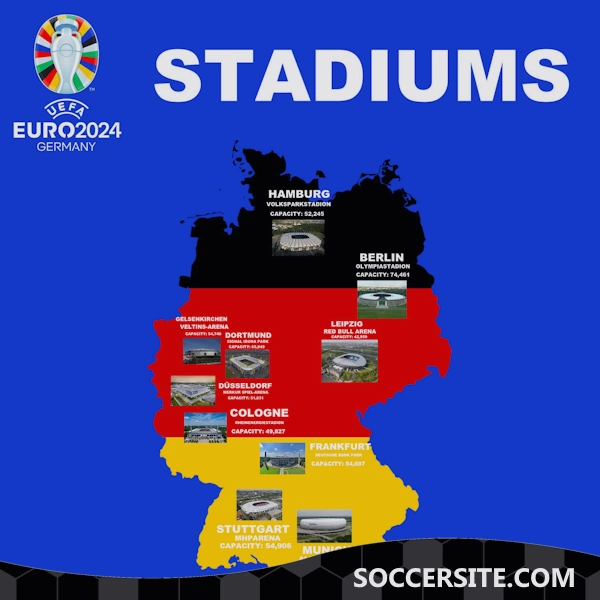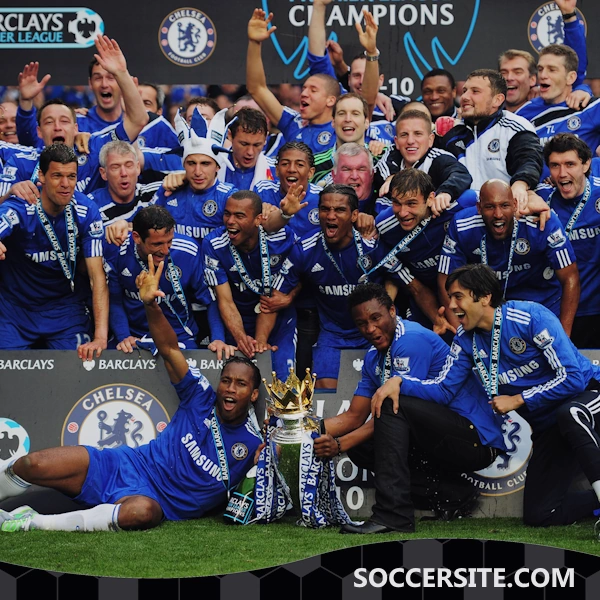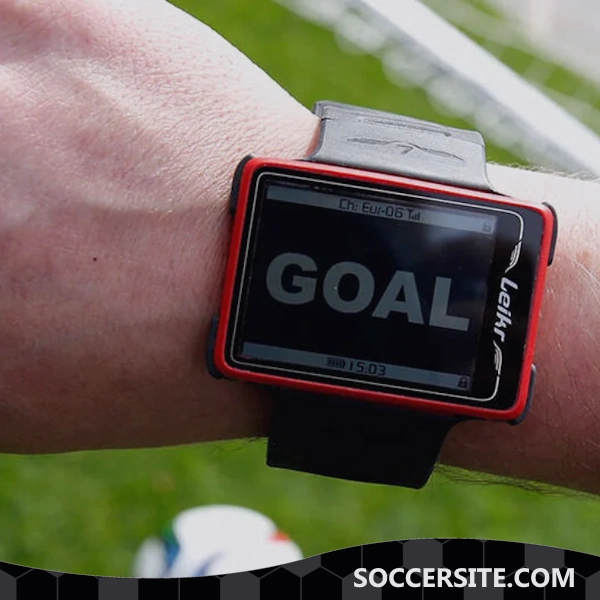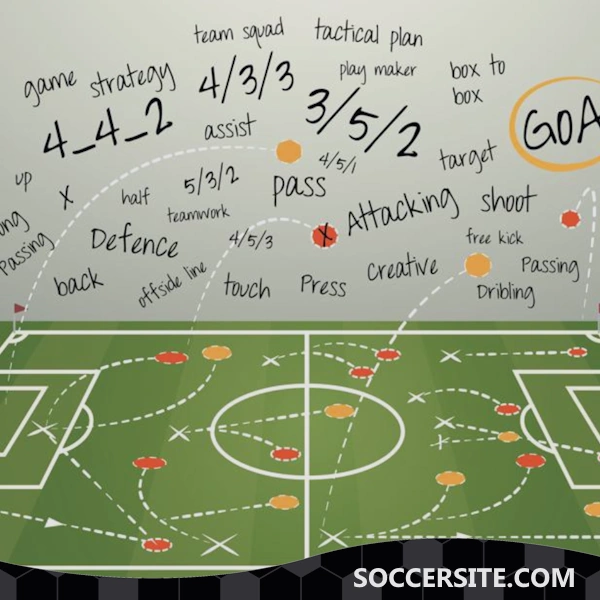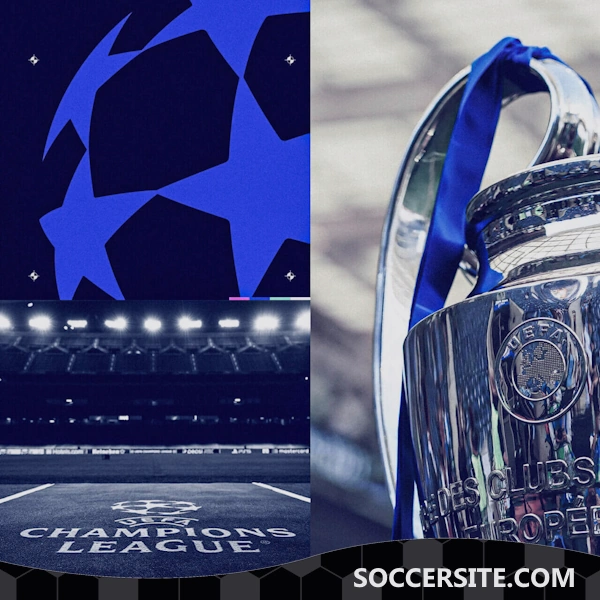
The UEFA Champions League, often simply referred to as the 'Champions League,' stands as the pinnacle of European club football. Over the decades, it has witnessed legendary matches, iconic goals, and fairy-tale stories that have written themselves into the annals of football history. Let's journey through its evolution, from its inception as the European Cup to the globally celebrated tournament it has become.
The Birth of the European Cup
The idea of a pan-European club competition took shape in the mid-1950s. Inspired by friendly tournaments and the rising popularity of football post-World War II, the European Cup was introduced in the 1955-56 season. The inaugural competition saw 16 teams battling for supremacy, with Real Madrid becoming its first champions. Little did anyone know, this Spanish club would go on to dominate the early years of the tournament, securing five consecutive titles.
The Expansion Era
As the prestige of the tournament grew, so did its size. More teams from UEFA's member associations wanted in, leading to an expansion of participants. This era saw iconic clubs like Benfica, Inter Milan, and Manchester United lifting the trophy. Moments like the Lisbon Lions' triumph for Celtic in 1967, where a team of players all born within 30 miles of their home stadium conquered Europe, became legendary.
Redefining Traditions: The Heysel and Hillsborough Tragedies
Football, for all its beauty, has also seen dark days. The Heysel Stadium disaster in 1985 led to the death of 39 fans, prompting a five-year ban on English clubs from European competitions. Similarly, the Hillsborough disaster in 1989, although a domestic tragedy, had significant repercussions for stadiums across Europe. These events played a crucial role in redefining stadium safety and fan management across the continent.
The Birth of the Champions League
In the 1992-93 season, the competition underwent a significant rebranding, transforming from the European Cup to the UEFA Champions League. This change wasn't just in name; the format evolved, incorporating group stages and allowing multiple teams from top associations. This expansion led to more matches, greater TV coverage, and increased commercial opportunities, firmly establishing the Champions League as the premier club competition in the world.
Modern Day Spectacles and Iconic Moments
The recent decades of the Champions League have offered a plethora of unforgettable moments. From the 'Miracle of Istanbul' in 2005, where Liverpool staged a legendary comeback against AC Milan, to Barcelona's incredible turnaround against Paris Saint-Germain in 2017, these matches epitomize the unpredictability and drama of the tournament. Legendary players like Lionel Messi, Cristiano Ronaldo, and Raúl have all left their indelible mark, setting records and creating moments that will be cherished for generations.
The Champions League Today
Today, the UEFA Champions League stands as a global phenomenon, transcending European boundaries. With viewership numbers in the hundreds of millions for the final, it has an unmatched aura in club football. The iconic anthem, the starball logo, and the excitement of match nights have become integral to the identity of football fans worldwide. The tournament, while maintaining its rich history, continually innovates, ensuring it remains at the forefront of the footballing world.
The UEFA Champions League, with its rich tapestry of tales, heroes, and emotions, continues to be the dream for every European club. As it evolves, it not only represents the zenith of club football but also encapsulates the ever-changing, ever-passionate spirit of the beautiful game.


